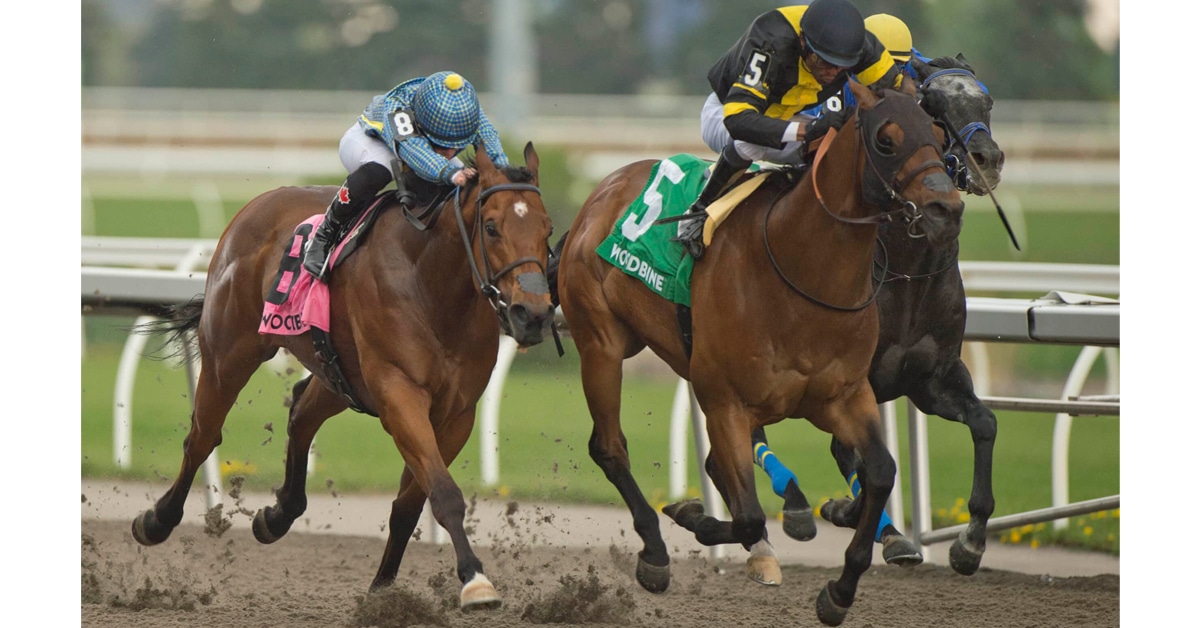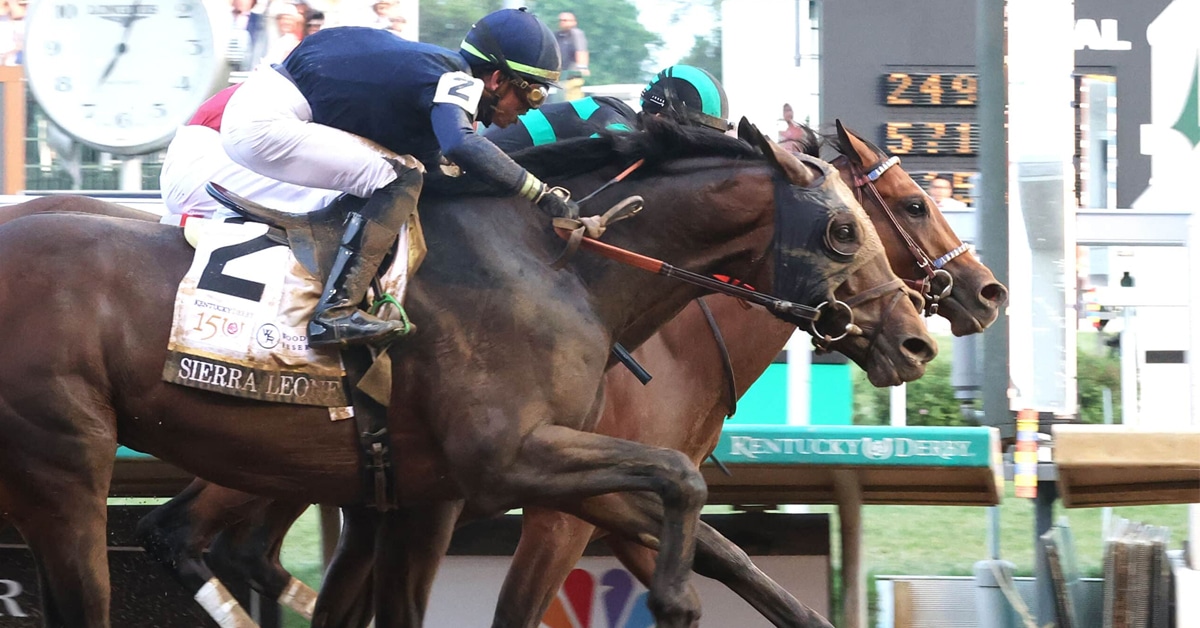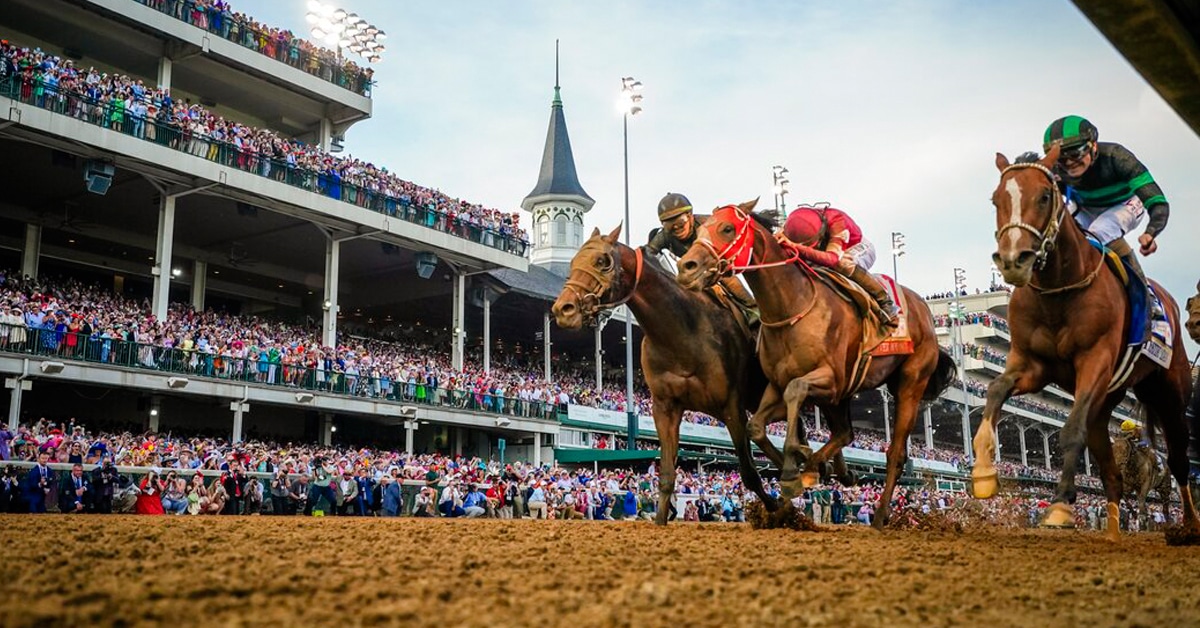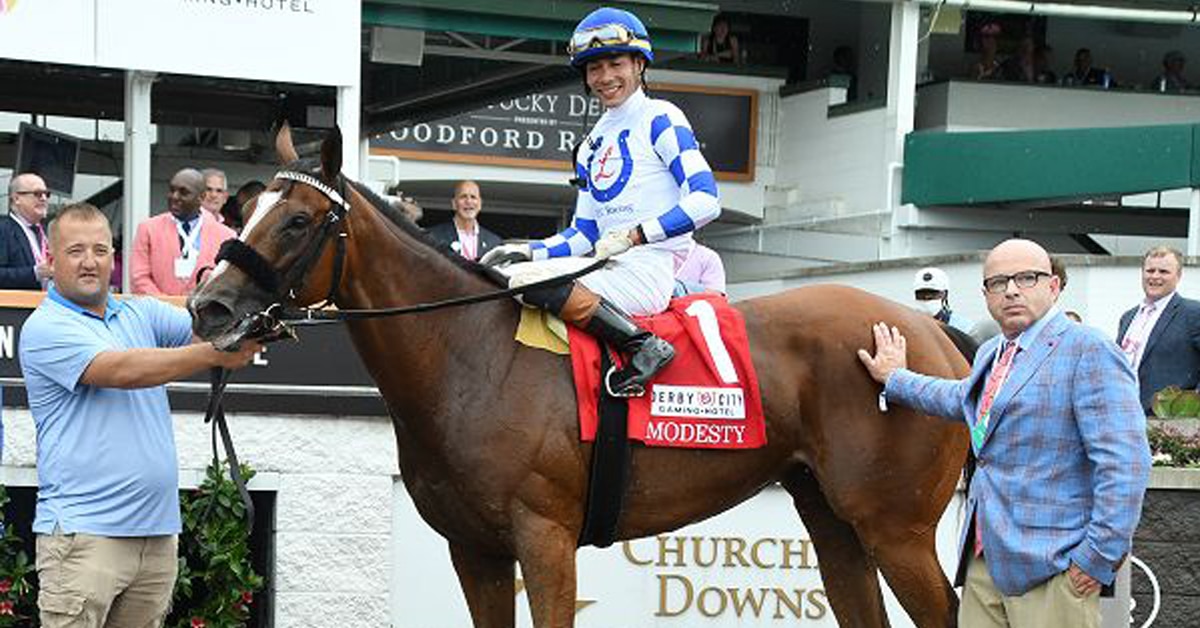Jennifer Morrison – Special to the Star – For more than half a century, Windfields Farm has been the birthplace of dozens of champion racehorses. E.P. Taylor’s hallowed paddocks in Oshawa were the early stomping ground for the great Northern Dancer, one of the most influential stallions in thoroughbred history, Nijinsky II, The Minstrel and hundreds of other stars.
Now Windfields is closing its commercial business as of Nov.1 when a big chapter in the famous farm’s story ends.
“We are shutting down our stallion station and returning to a private farm,” said Noreen Taylor, the vice-president of Windfields whose late husband, Charles, was the son of farm founder E.P. Taylor. “The commercial nature of the farm and the community of staff that goes with it will close.”
Windfields underwent a significant dispersal of horses in 1996 and focused its business on serving clientele with broodmare care, training and stallions in recent years.
The news comes as a shock to the racing industry.
“Windfields is a national treasure that is recognized worldwide,” said international horse owner Bob Costigan, who owns champion racehorses and boards his mares at Windfields.
“It is hard not to be nostalgic about the many great champions that have come from Northern Dancer and his sons and daughters. It is a very sad end of an era.”
Taylor, who owns Windfields in partnership with her late husband’s two children, Nadine and Edward, Charles’ sister, Judith Mappin, and Mappin’s four children, cites a number of reasons for the monumental decision.
“Windfields is owned by the Taylor family and some members are getting senior,” Noreen Taylor said. “In our case, we need to have the flexibility to do realistic future planning, such as organizing personal estates.”
The area surrounding what once was 1,200 acres of sprawling paddocks of hay and grass is a lot smaller these days – closer to 800 acres – as housing developments and suburbia have closed in. In recent years, large portions of Windfields Farm hayfields were sold to nearby Durham College in order to build sports parks. In 2006, Windfields joined forces with Tribute Homes to construct the Neighbourhoods of Windfields housing development across the street from the farm’s main entrance.
Taylor also noted that the effects of the revamped Horse Improvement Program (HIP), presented by the Ontario Racing Commission, will not be felt for some time.
“Windfields is very labour intensive, very hands on,” she said. “We have one staff member for every four horses and the market just does not allow that right now. As HIP starts, the value of mares will increase and there will be a need for a high quality of stallions, but that is a few years away. I don’t think those years are available to us.”
In its heyday, Windfields was the birthplace of multi-million-dollar yearlings and numerous top stallions, including Vice Regent.
E.P. Taylor died in 1989 and, following the dispersal of 1996, the family was left with two mares.
A year later, Charles Taylor died.
Since then, Noreen Taylor and the Windfields board of directors have continued to maintain one of the continent’s leading full-service thoroughbred establishments. There are more than 200 horses owned by clients, plus four stallions, on the farm. They will soon be moved to other locations.
Windfields had 10 mares of its own produce foals this spring.
The 50-year-old barns and the equine cemetery that is the resting place of Northern Dancer and others will be preserved.
“Now we will focus on breeding, racing and selling our own horses,” Taylor said.
More from Canadian Thoroughbred:





